When people talk about the hardest tests in the world, they often think of Harvard entrance or the Japanese bar exam. But if you’re looking for sheer volume, pressure, and survival rates, the real battleground is in India - and not all states are created equal. Some states turn their entrance exams into gauntlets that filter out 99% of applicants. The question isn’t just which state has hard tests - it’s which state makes you risk your entire future on a single day.
Uttar Pradesh: The Exam Factory
Uttar Pradesh doesn’t just have competitive exams - it has entire industries built around them. The UPSC Civil Services Exam draws national attention, but it’s the state-level tests like the UPPCS (Uttar Pradesh Provincial Civil Services) and the UPSSSC (Uttar Pradesh Subordinate Services Selection Commission) exams that drown in applicants. Over 5 million people apply for state government jobs each year in UP. The pass rate? Less than 0.5%. That means for every 200 people who show up, only one gets a job. The syllabus covers everything from ancient Indian history to local land revenue laws. Many candidates prepare for five to seven years. Some drop out of college. Others marry and have kids while still studying. The pressure isn’t just academic - it’s social, financial, and emotional.
Andhra Pradesh and Telangana: The JEE Advanced Hotzone
If you want to see how brutal engineering entrance exams can get, look at Andhra Pradesh and Telangana. These states produce more JEE Advanced qualifiers than any other region in India. Why? Because local engineering colleges like IIT Hyderabad and NIT Warangal are among the most sought-after outside the original IITs. The competition isn’t just between students - it’s between coaching centers. In cities like Hyderabad and Vijayawada, coaching hubs operate like boot camps. Students wake up at 4 a.m., study until midnight, and take mock tests every weekend. The JEE Advanced pass rate hovers around 5% nationally, but in these two states, the number of serious applicants is so high that even scoring 70% doesn’t guarantee a seat in a top college. The failure rate isn’t just high - it’s normalized. Parents accept it. Schools expect it. Kids grow up knowing one mistake could cost them a decade.
West Bengal: The NEET Battleground
West Bengal has the highest number of NEET aspirants per capita in India. With over 200,000 students sitting for the National Eligibility cum Entrance Test every year, the state has turned medical admissions into a war of attrition. The state government runs its own counseling system on top of the national NEET score. That means you need a high score AND the right rank in the state quota. In 2024, the cutoff for a government medical seat in West Bengal was 715 out of 720. That’s not a typo - you needed to miss only five questions to get into a public medical college. The state has only 2,500 government MBBS seats. Over 180,000 students compete for them. Many students take NEET three or four times. Some work as tutors during the day and study at night. The emotional toll is massive. Suicide rates among NEET aspirants in Bengal are among the highest in the country. The system doesn’t reward hard work - it rewards perfection.
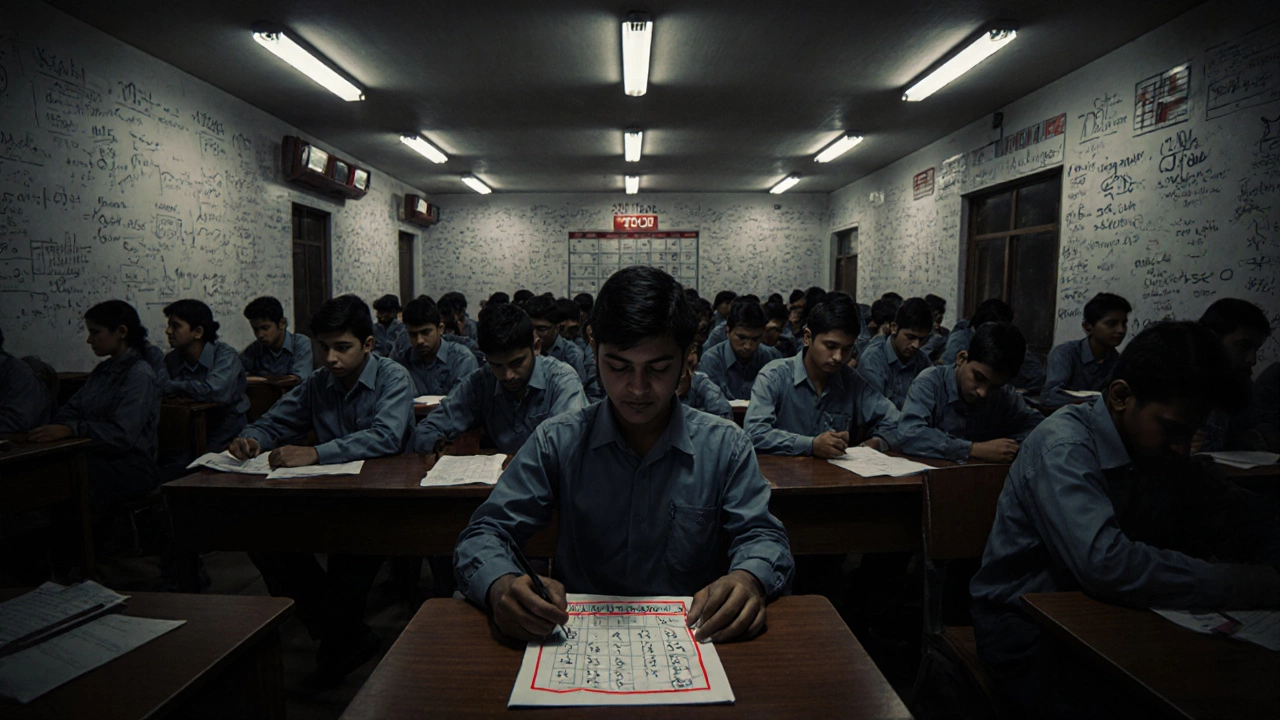
Maharashtra: The Multitasking Marathon
Maharashtra’s exams are unique because they don’t just test knowledge - they test endurance. The MHT-CET (Maharashtra Health and Technical Common Entrance Test) is one of the most confusing exams in India. It combines physics, chemistry, biology, and mathematics into a single 180-minute paper. But here’s the twist: the state uses a percentile-based ranking system that changes every year. A score of 170/200 might put you in the top 1% one year and the top 5% the next. There’s no fixed cutoff. You’re competing against the curve. Add to that the fact that Maharashtra has over 500 engineering colleges and 120 medical colleges, and you’ve got a system where even top scorers get rejected because of seat allocation rules. Students here don’t just study - they memorize past trends, analyze shifting cutoffs, and track reservation policies. The exam isn’t just hard. It’s unpredictable.
Tamil Nadu: The System That Doesn’t Care About Scores
Tamil Nadu is the only state in India that doesn’t use entrance exams for engineering admissions. Sounds easy, right? Wrong. The state uses a 12th-grade board exam score as the sole criterion for admission. That means your entire future depends on how you perform in 12th-grade exams - which are themselves among the toughest in the country. The Tamil Nadu State Board exams are known for their unpredictable question patterns and strict marking. A single misstep in a 5-mark question can drop you from a 95% to an 88%. And since over 80% of students aim for engineering, the cutoffs for top colleges like Anna University are often above 97%. There’s no second chance. No retake. No backup plan. If your board exam day goes wrong, your engineering dream dies. The system is fair - but unforgiving.
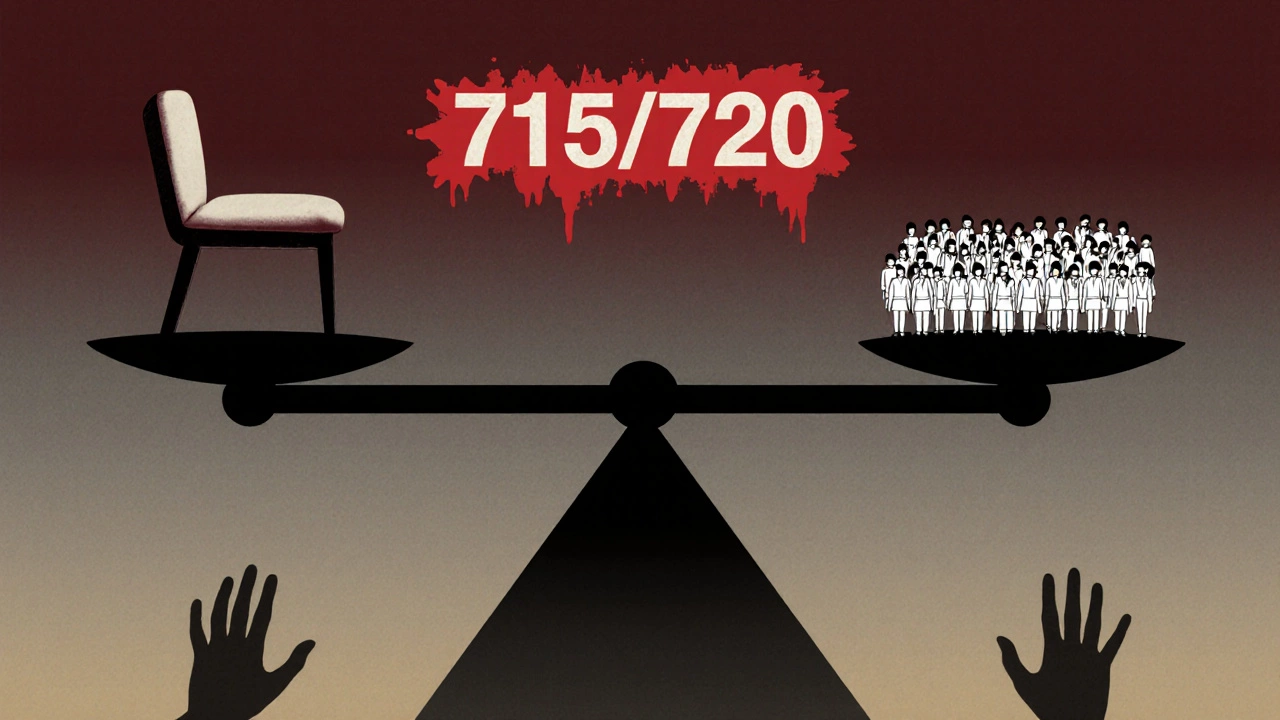
Why These Exams Are So Hard
It’s not just about the questions. It’s about the context. India has one of the largest youth populations in the world - over 350 million people under 25. But the number of high-quality seats in government colleges is tiny. There are only about 10,000 seats in all IITs combined. For every IIT seat, there are 500 applicants. That’s the math behind the madness. States like Uttar Pradesh, West Bengal, and Maharashtra have no choice but to make their exams harder - because they have no choice. More people want the same few jobs. More students want the same few degrees. The system isn’t broken. It’s just overwhelmed.
There’s also a cultural factor. In many parts of India, becoming a doctor or engineer isn’t just a career choice - it’s a family legacy. Parents invest everything. Siblings are pushed aside. Dreams are postponed. The pressure isn’t just from the exam - it’s from generations of expectation.
What Happens After You Fail
Failing one of these exams doesn’t mean you’re not smart. It means you’re human. In Uttar Pradesh, many aspirants become private tutors. In West Bengal, some open small coaching centers. In Maharashtra, others switch to IT or commerce degrees. The system doesn’t offer second chances - but life does. Many of India’s most successful entrepreneurs, writers, and scientists didn’t make it through these exams. They found other paths. The hardest tests don’t measure talent. They measure how long you’re willing to keep standing after being knocked down.
Is There a Way Out?
Yes - but not through the same system. More students are now looking at private universities abroad, online degrees, or skill-based certifications. Platforms like Coursera, Udemy, and even government-run NSDC programs are gaining traction. Some states, like Kerala and Karnataka, are slowly shifting toward holistic admissions. But in the states where exams are the only gate - Uttar Pradesh, West Bengal, Andhra Pradesh - the pressure isn’t going away. Not yet.
If you’re preparing for one of these tests, know this: your worth isn’t in your rank. It’s in your resilience. The hardest test isn’t the one on paper. It’s the one you take every morning when you wake up and choose to try again.
Which state in India has the toughest competitive exam?
There’s no single answer, but Uttar Pradesh and West Bengal are often cited as having the toughest exams due to volume and pressure. UP has over 5 million applicants for state government jobs with a pass rate below 0.5%. West Bengal’s NEET competition is brutal, with only 2,500 government medical seats for over 180,000 applicants. Both states combine massive applicant numbers with minimal seats, making success feel nearly impossible.
Is JEE Advanced harder in Andhra Pradesh and Telangana?
The JEE Advanced exam itself is the same across India - same paper, same difficulty. But in Andhra Pradesh and Telangana, the competition is fiercer because of the density of serious aspirants. Coaching centers here are more intense, preparation starts earlier, and families invest everything. So while the test isn’t harder, the margin for error is razor-thin. A score that gets you into a mid-tier college elsewhere might leave you out in Hyderabad or Vijayawada.
Why is NEET so hard in West Bengal?
West Bengal has one of the highest numbers of NEET applicants per capita in India. With only 2,500 government MBBS seats and over 180,000 students competing, the cutoffs are extreme. In 2024, the cutoff for a government seat was 715 out of 720. That means you need to answer almost every question correctly. The pressure isn’t just academic - it’s cultural. Families treat a medical degree as a birthright, not a choice.
Does Maharashtra’s MHT-CET have a fixed cutoff?
No. Maharashtra uses a percentile-based ranking system, meaning your score is compared to everyone else’s performance each year. A 170/200 might be top 1% one year and top 5% the next. There’s no fixed passing mark. This makes preparation unpredictable. Students don’t just study content - they track historical trends, reservation changes, and seat allocation patterns.
Why is Tamil Nadu’s system considered harsh even without an entrance exam?
Tamil Nadu uses 12th-grade board scores for engineering admissions. The Tamil Nadu State Board exams are notoriously difficult, with unpredictable questions and strict grading. To get into a top college like Anna University, you need over 97%. There’s no retake. No backup. One bad day ends your dream. The system is fair, but it gives you zero room for error - which makes it just as hard, if not harder, than entrance exams.
What should you do if you fail one of these exams?
Failing doesn’t mean you’re not capable. Many successful people in India didn’t clear these exams. Consider alternatives: private universities, online degrees, skill certifications (like NSDC programs), or even starting your own business. Coaching centers in UP and Bengal often hire failed aspirants as tutors. Some switch to commerce or IT. The path isn’t over - it just changes direction.
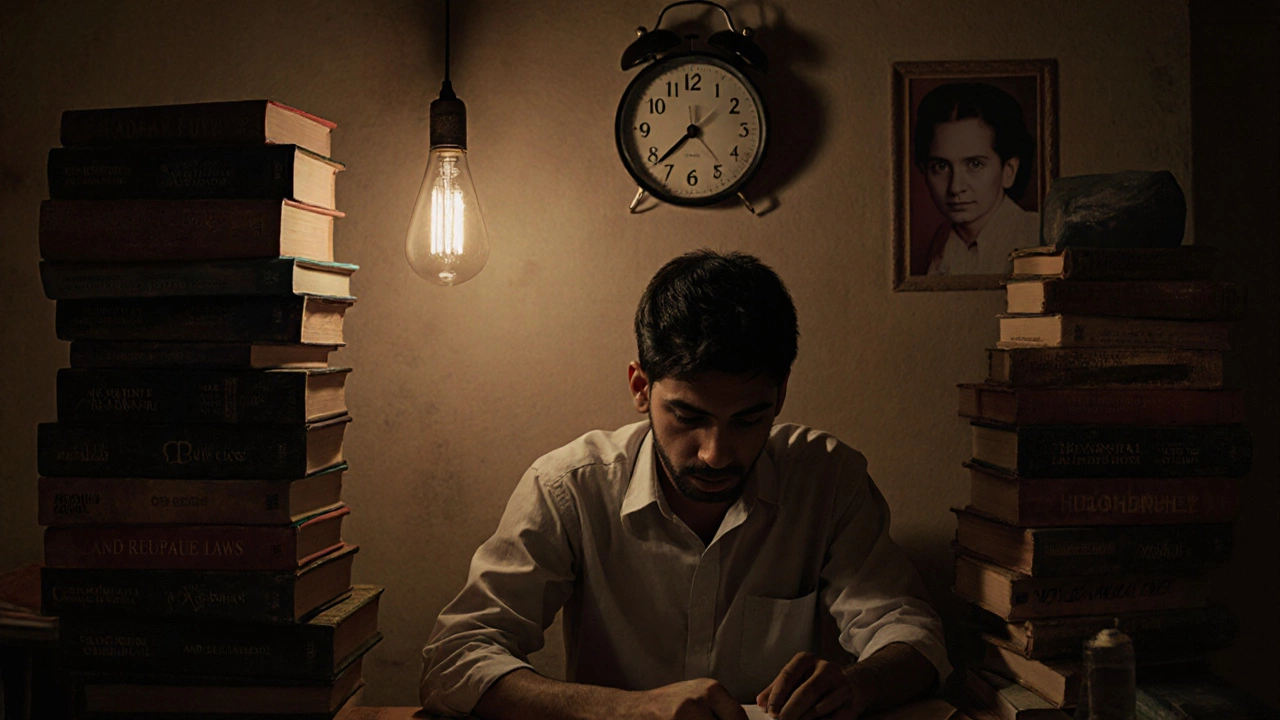


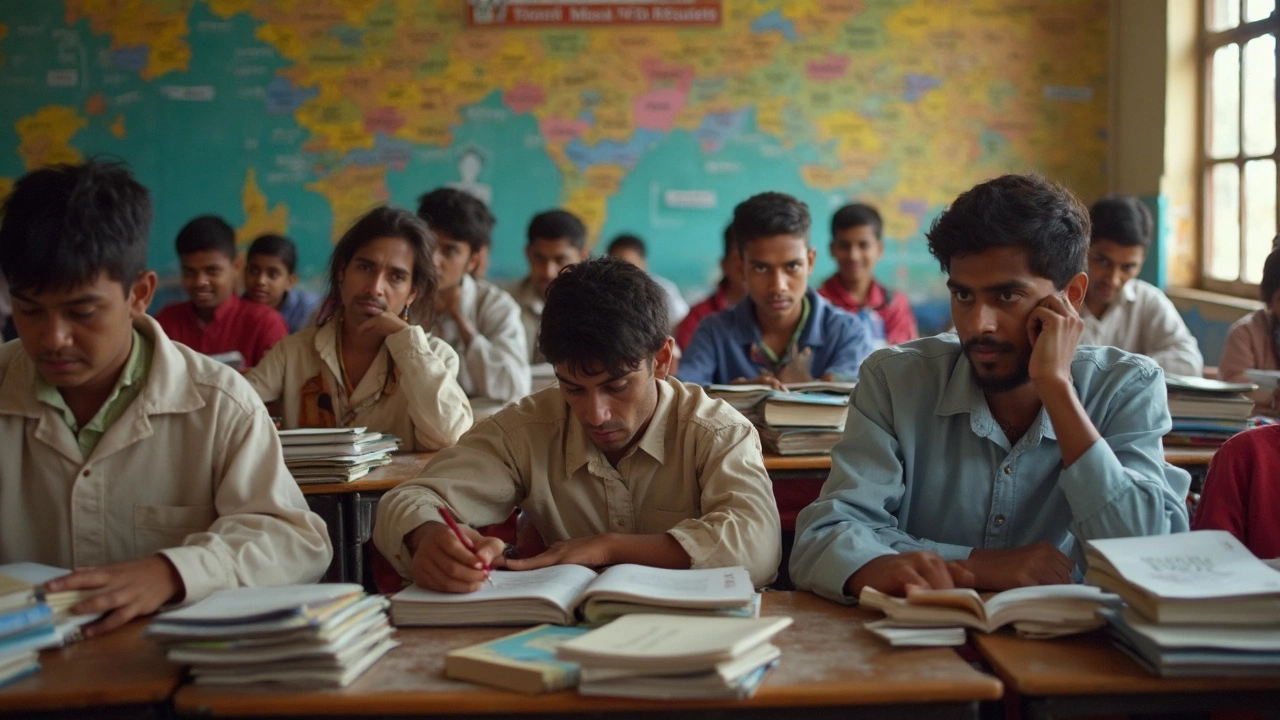
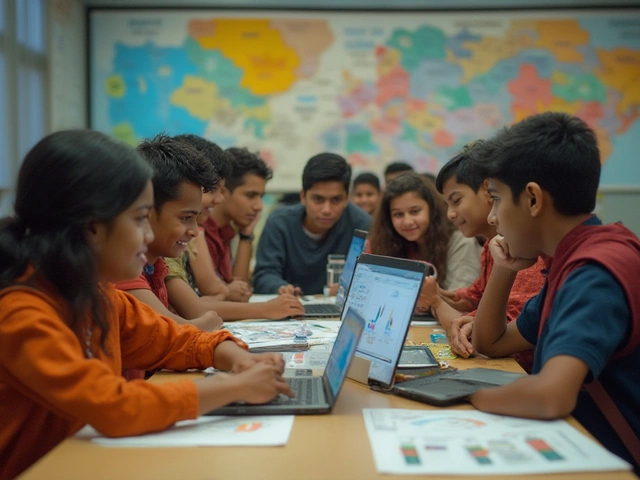
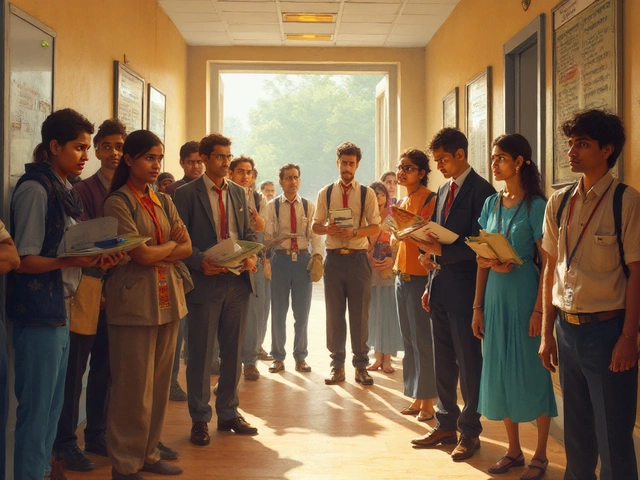
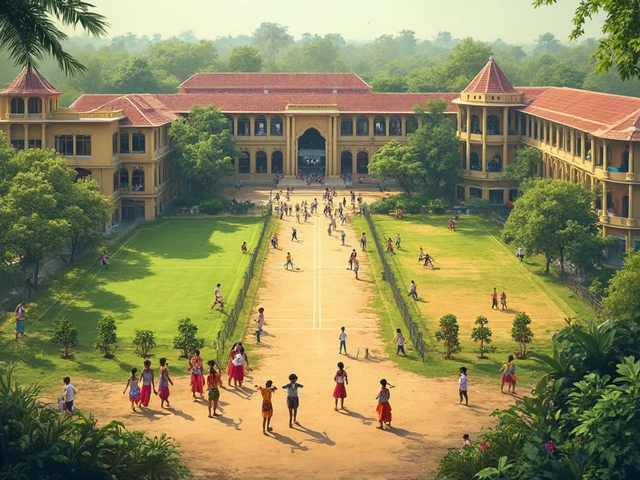

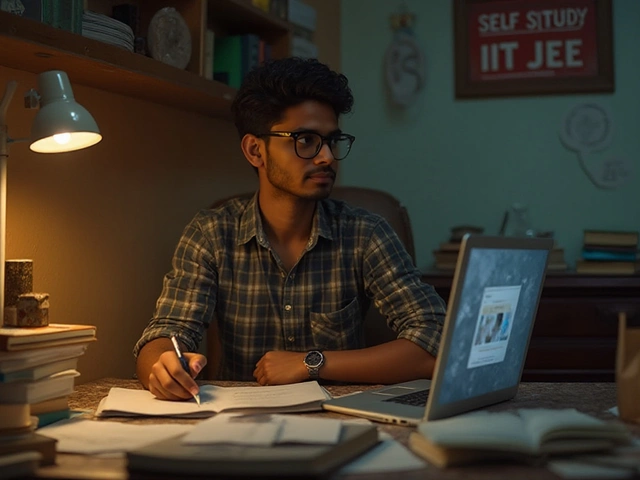
0 Comments